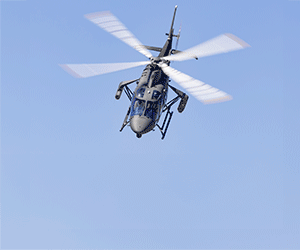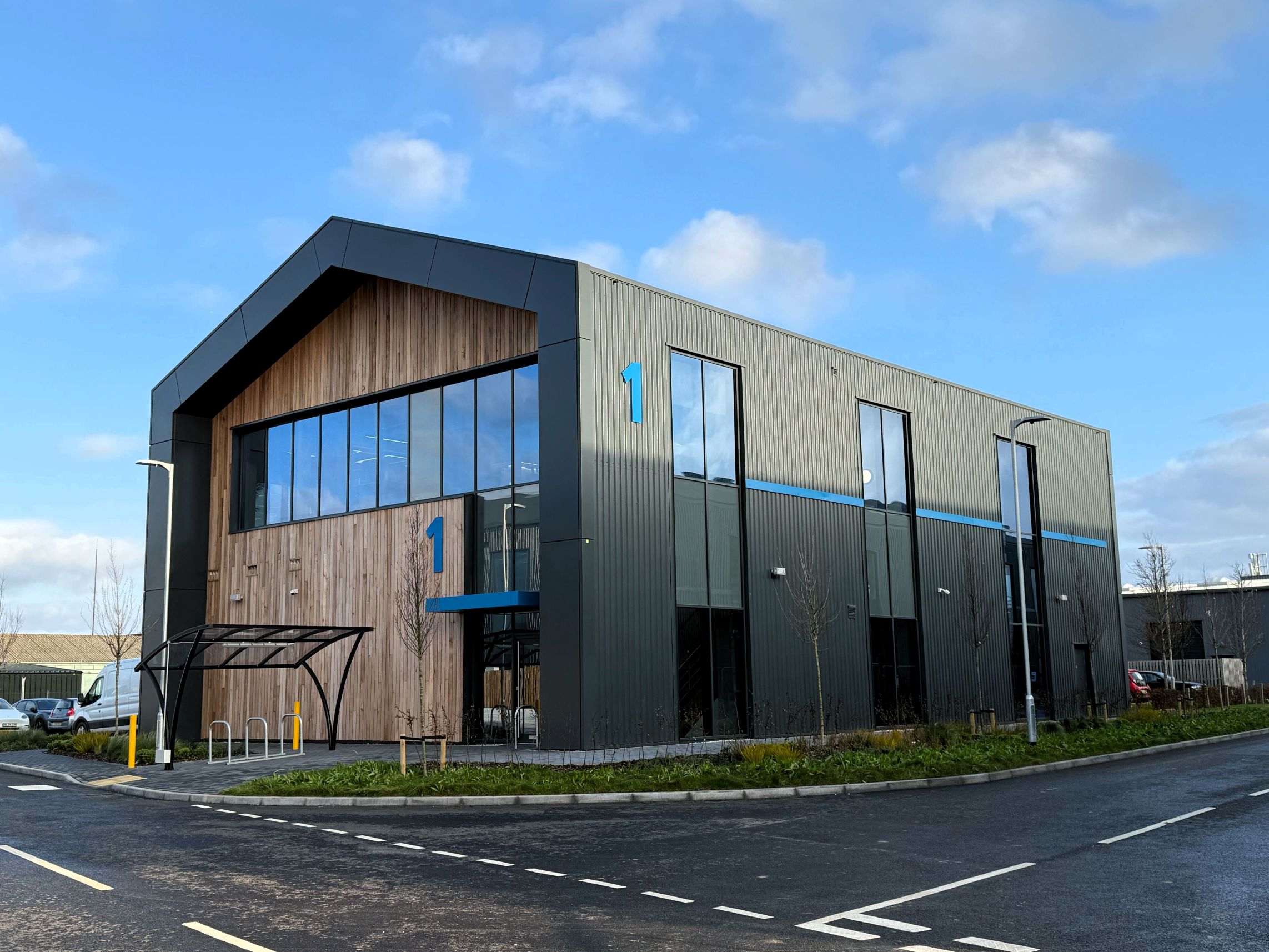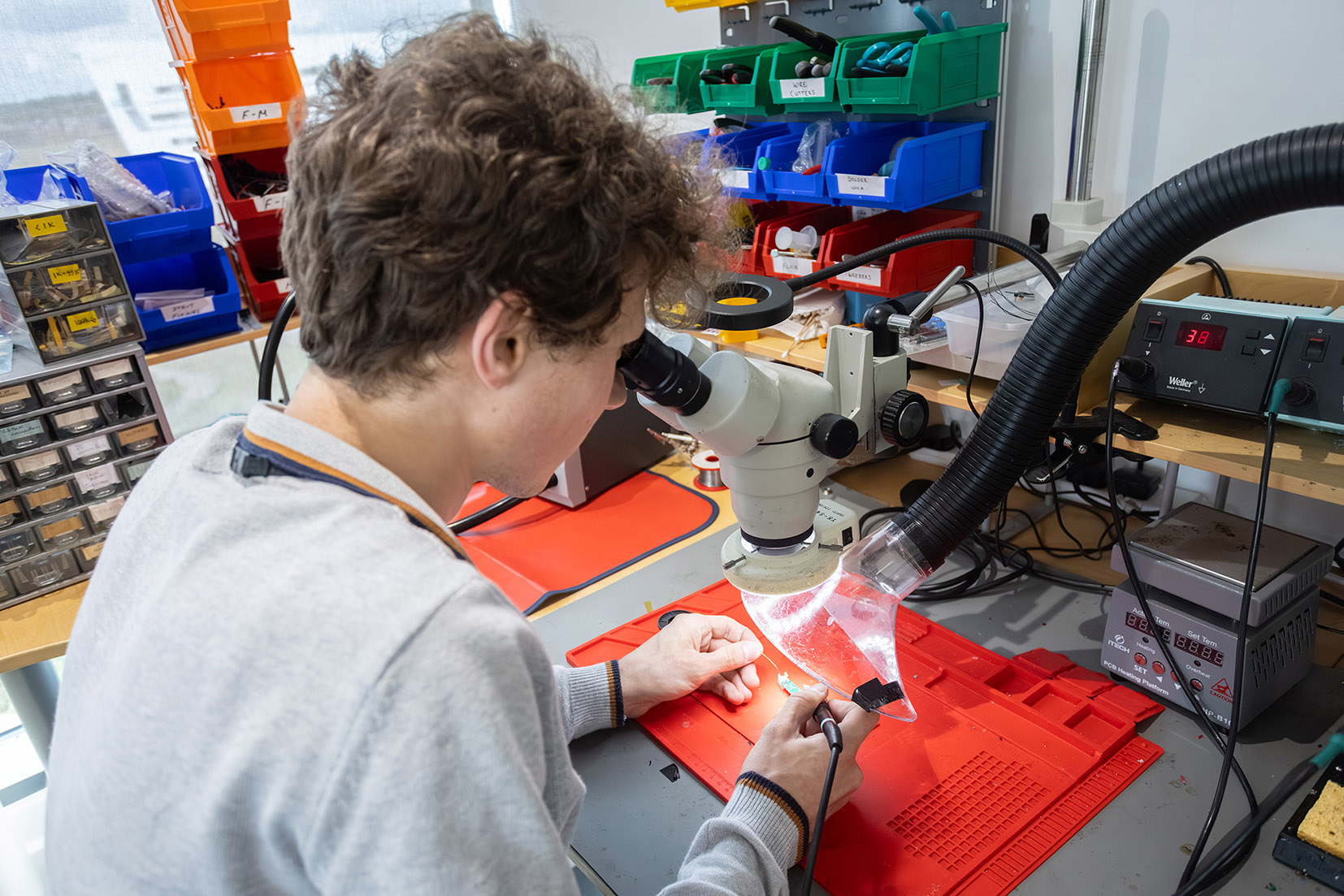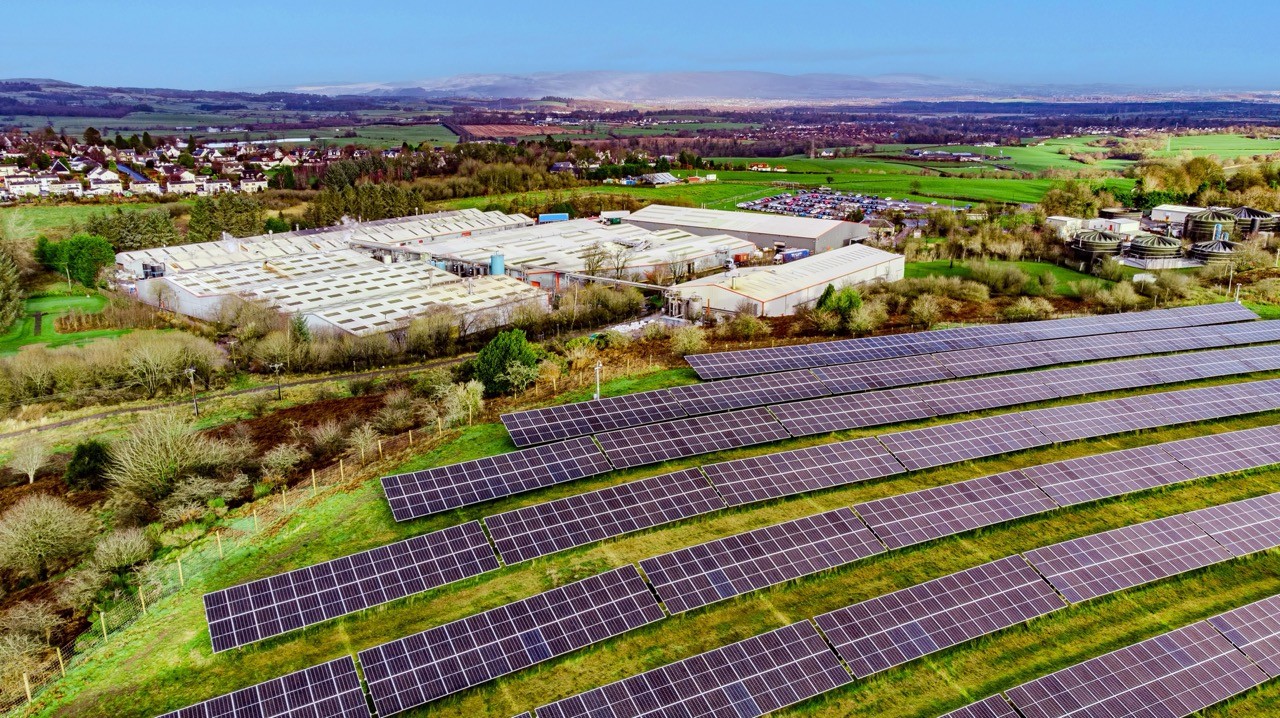IBA introduces NetZero Reporting
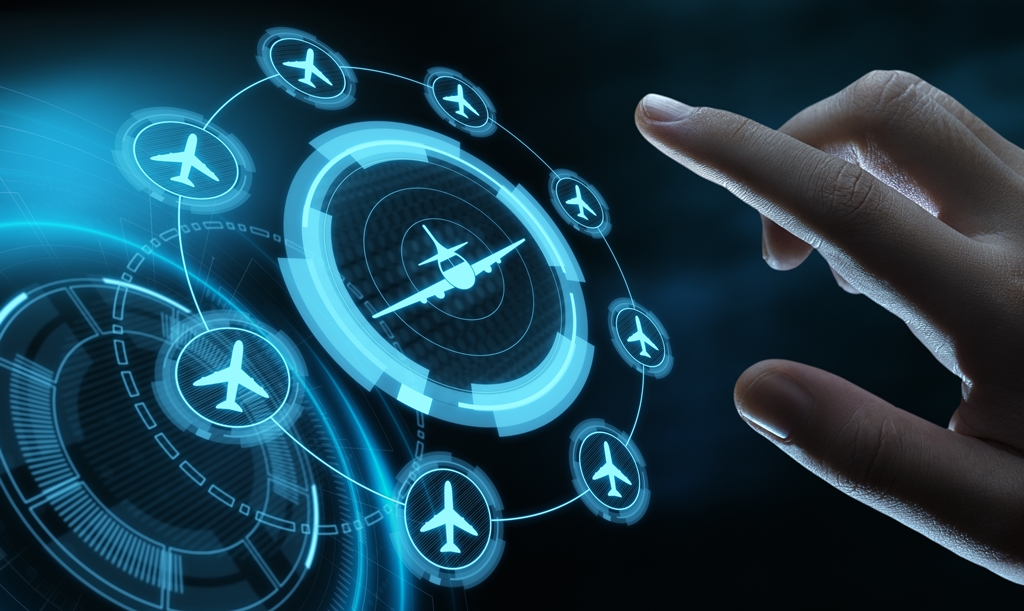
Image copyright Shutterstock
IBA NetZero Reporting enables users to maintain an exposure portfolio over time by easily and reliably accessing emissions reports at the airline, lessor, aircraft, or fleet/portfolio level using a wide variety of measurement metrics. These include well-to-wake CO2e, RPK, RTK – total, passenger, cargo and belly, Co2e per RTK / RPK, fuel burn and number of flights. Exposures between specific dates can be measured enabling users to calculate them precisely and accurately.
IBA NetZero Reporting has been designed to enable aviation stakeholders who have very little access to actual aircraft fuel burn, such as investors and financial institutions, to report their exposures simply and efficiently. It is designed to satisfy all reporting use cases in one platform, so users do not have to source their data from individual operators and lessors.
The data extracted from IBA NetZero Reporting is thoroughly tested and used by the largest organisations across the globe, so users can report with confidence and ease. IBA also voluntarily aligns with the International Capital Markets Association (ICMA) guidelines for external reviewers.
Nick Stafford, Product Development and Digital Transformation Director at IBA, said: “IBA NetZero Reporting marks a transformative shift in the aviation industry's data acquisition landscape and is a crucial tool for measuring progress towards meeting sustainability targets. It will save users valuable time and money, while eliminating the uncertainties in data sourcing thanks to its rigorously tested data. This unwavering consistency makes IBA NetZero Reporting the ultimate one-stop shop for Scope 3 reporting.”
IBA NetZero Reporting is an integral part of IBA NetZero, an advanced, industry-accredited commercial aviation emissions, reporting and analysis tool. It enables users to understand the risks and opportunities associated with decarbonising commercial aviation, including the impact of fleet renewals and the cost of reaching net zero by 2050.



